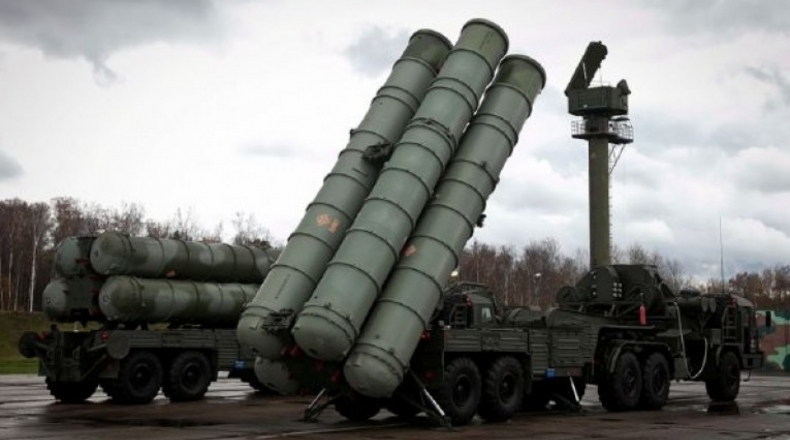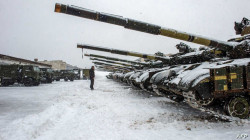Russia sends S-300 back home from Syria amid Ukraine invasion, satellite images show

Shafaq News/ Russia has shipped its advanced S-300 air defense system in Syria back home amid its invasion of Ukraine, an Israeli satellite intelligence firm said Friday.
ImageSat International (ISI) published images showing that the S-300 system stationed near the city of Masyaf in northwestern Syria had been taken apart in recent weeks. It had been in the area for several years.
The system’s radar was taken to Russia’s Khmeimim Air Base in western Syria, and the S-300 battery was taken to the port of Tartus where it was loaded onto a Russian ship bound for the Black Sea port of Novorossiysk, according to ISI.
The firm said the ship was expected to dock in the Russian port city on Friday.
ISI assessed that the battery was transferred back to Russia in order to strengthen its air defenses, which have reportedly been damaged amid the fighting in Ukraine, which Moscow invaded in February.
In May, Russian forces opened fire on Israeli jets using the advanced system at the end of an Israeli Air Force attack on targets in the Masyaf area.
The incident was first reported by Channel 13 news a week after the strike on May 13, and later confirmed in July by Defense Minister Gantz. “It was a one-off incident,” Gantz said.
The incident marked the first use of the S-300s against the IAF over Syria.
As Syria’s S-300 batteries are operated by the Russian military and cannot be fired without their approval, it was a worrying development for Israel, which has carried out hundreds of airstrikes inside Syria in the course of the country’s civil war and since, targeting what it says are arms shipments bound for Lebanon’s Iran-backed Hezbollah terror group and other Iranian-linked sites.
Israel has reportedly conducted numerous airstrikes in Syria since the May incident, most recently on Thursday, coincidentally also near Masyaf.
The Masyaf area is thought to be used as a base for Iranian forces and pro-Iranian militias and has been repeatedly targeted in recent years in attacks attributed to Israel. Satellite imagery taken after the May strike showed that an underground facility had been completely destroyed.
Israel has found itself at odds with Russia as it increasingly supports Ukraine amid Russia’s invasion, while seeking to maintain freedom of movement in Syria’s skies, which are largely controlled by Moscow.
In recent years, Israel and Russia established a so-called deconfliction hotline to keep the sides from getting tangled up and accidentally clashing over Syria.
In 2018, Russia provided the advanced S-300 air defense system to Syria’s military free of charge, transferring three battalions with eight launchers each to the Assad regime despite strenuous objections from Israel and the US.
Russia’s delivery of the S-300 system to Syria followed the downing of a Russian spy aircraft by Syrian forces that were responding to an Israeli strike over Syrian airspace. Russia blamed Israel for the incident, which killed 15 Russian crew members.
Israel and its allies for years had lobbied Russia not to give Syria and other regional players the S-300 system, arguing that it would limit Israel’s ability to neutralize threats, including by Hezbollah.
Beyond providing Syria with its air defenses, Moscow also maintains state-of-the-art S-400 air defense systems to protect its own assets in Syria, but has never turned them on Israeli planes.
Source: Times of Israel





